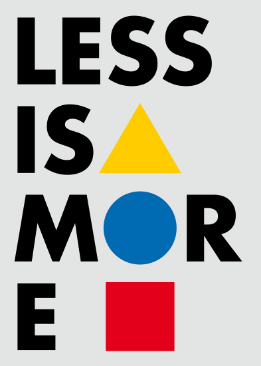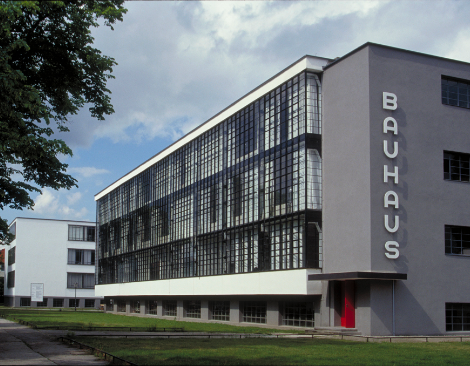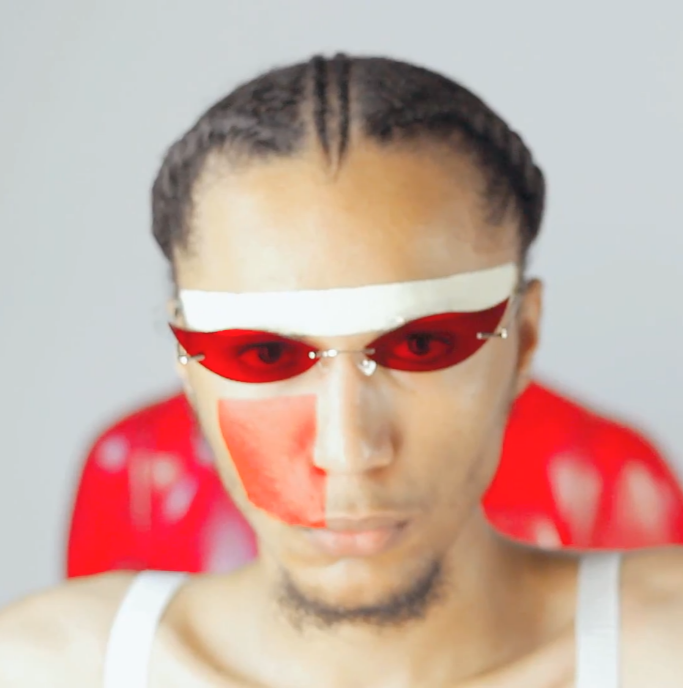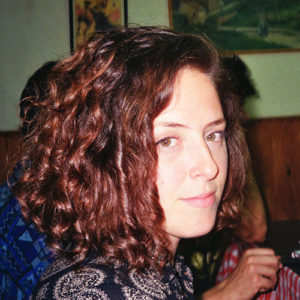Self-Taught Programmer Fotar Tunteng on the Power of Colors and Emojis
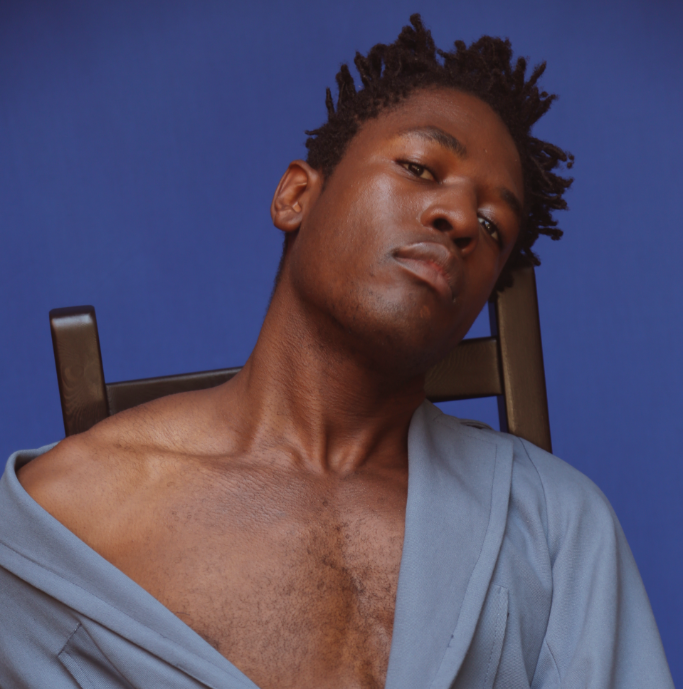
In conversation with Fotar Tunteng
Date
Wednesday, September 9th, 2020
Emplacement
Montréal, Canada
Éditrice
Maéva Carreira
Éditrice en chef
Tamy Emma Pepin
Intrigued by our way to connect digitally, self-taught programmer and designer Fotar Tunteng has been reflecting over the past year on how we should engage as a community on social media platforms. This reflection combined with his desire to create good, led him to develop a new participative social application that will be launching this winter on the iOS store. With his new app, Fotar seeks to reshape our concept of social communication by creating a cloutless, yet very interactive, environment with only colors and emojis.
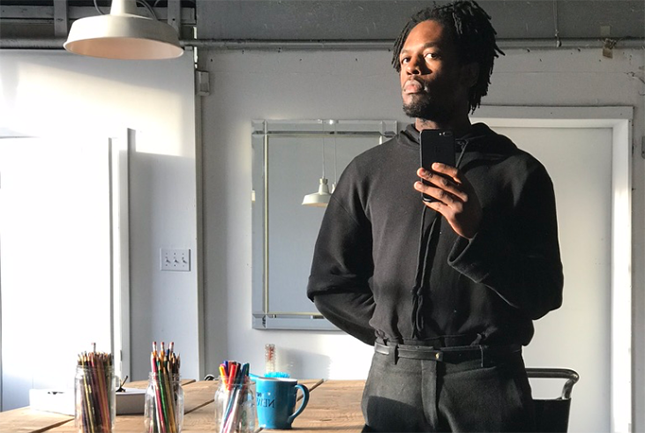
Your family is from Cameroon and you are the first generation Canadian. Can you tell us a bit about your origins, your family and how being first generation has impacted you?
I definitely feel pretty strong ties to Cameroon even though I haven’t been there since I was five or six years-old. I was heavily influenced by my parents not being born here and coming here with a different culture and mind-set. I had my own environment with values that always brought me back to life in Cameroon. Sharing, being polite, being thankful, working hard, etc.
My parents had many stories of people in Cameroon sharing food with others whether they had an abundance of food or very little. The value of community, in Cameroon, is real. You’re growing up with many different families so it’s not just parental influences like here, where you often just have your mom and dad. So as a first generation Canadian, the question is : what am I bridging? The values
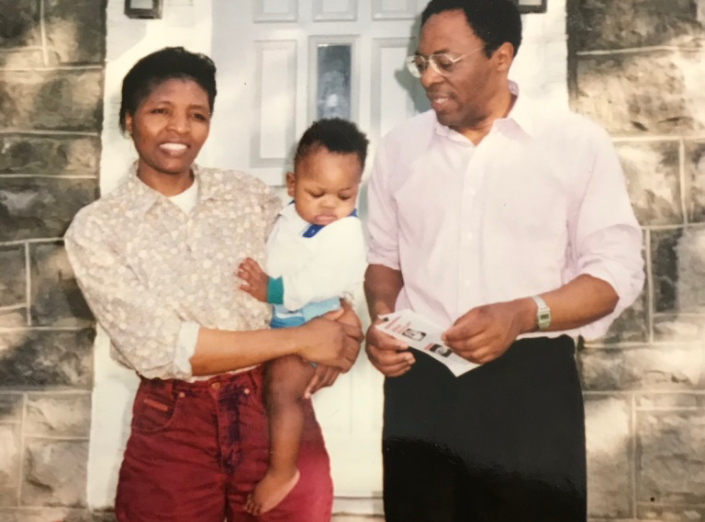
Your sister often accompanied you at ORB to use the space for her studies in occupational therapy at McGill, in Montreal. You are both very close. Can you tell us a bit more about your bond and how she impacts you?
My sister Jingla is younger than me and she’s the one I’m closest to. We get along very well. I think she was very attached to me from a young age. I did take on a bit of a parental role with her. I would help her with her homework and teach her about things in life. When she was a toddler she would look for me around the house if we weren’t already together. In elementary school, she would sometimes come with me to my friends’ birthday parties. Even with our relationship now, she makes jokes about how I’m such a mom. But I’m cool with it. I’m happy to be there and help her as much as possible.
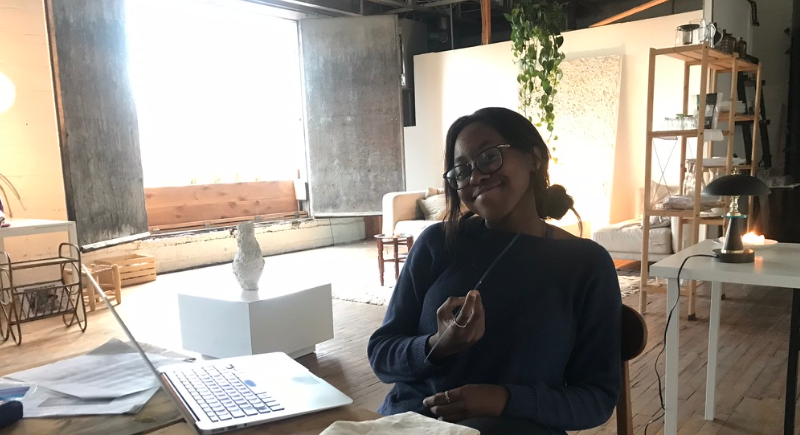
What was it about ORB that you appreciated, and how did the environment help you create?
I first heard about ORB – this new place for artists and photographers – through Mylène, a friend that had worked with Tamy at Un Peu Plus Loin (UPPL). And this area, where ORB is, is nostalgic for me. There are a lot of artists that have spaces here and their lofts were used for late-night raves all through 2016, 2017 and 2018. So this place has some warmth and experimentality which makes it more human. Also, I know Tamy used to sell some rugs with Laura from Reixue – and I knew of Laura from before. So it was nice to see the connection between people.
You are a programmer and designer. Can you explain to us how both professions intertwine and how it applies to your projects?
I think I use the terms “programmer” and “designer” for practical reasons. I had ideas for digital products I wanted to make. From there, I had to learn more about what I needed to do to make it happen. So when I think about programming and design, it comes down to how I want to be able to actualize my ideas – and you need both if you actually want to make a good product with a complete flow.
You’ve been a member at ORB last year – what have you been working on during your tenure?
My current project is an app on which you can only share a color and an emoji. Basically, the idea is for you to pick a color and an emoji to create a post that you then share to the world. I wanted to reflect on what kind of environment colors and emojis create.
So your social app only features emojis and bright colors. What environment did you want to create and why only feature symbols and not words?
Simplicity. It’s an idea that you see all the time with other companies — like Apple with its products. It looks simple but it’s often very complicated technologically. With my app, I don’t want to give users things that they will not be using. I don’t want clutter — I just want what adds to the experience.
It’s important to have some humility as a programmer and a designer and think : do people really need these features?
It’s important to have some humility as a programmer and a designer and think : do people really need these features? So it’s really about learning how to cut and reduce — think of scissors. That’s one of my principles : cut and reduce for a better environment.
How about the flow of the app? The user experience is very unique, and natural. What are you learning about our behavior?
Well, you’ll find out when it comes out! (haha)
I will say one thing about the experience : the app will only run in landscape. I want to create a more engaging experience. When you are using your phone in landscape, it’s because you’re getting more engaged oftentimes — like with videos, games, etc. It’s definitely going to cause some friction, but I’m down with that. I’ve had a lot more enjoyment the times I’ve used my phone in landscape.
What is your ultimate goal with the iOS color & emoji sharing social app?
Most of the time, on social apps, people are consumers of content and not creators of content. I was thinking about how I could make something that would get people to participate and engage. So I had the idea to, somehow, make a set of content from which people could pick from. That’s when I thought about the colors and emojis. I wanted to use visual communication which is social language — especially with the younger generation and emoji communication.
I also wanted to remove competitiveness.
I didn’t want the posts to be about the quality of someone’s pictures, videos or writing. So my goal with this app is to just propose a simple way of posting that will hopefully create more engagement among people.
And yet, social media apps are a very competitive field. What added value do you think you bring to the market?
I think you really need to be daring to try things and to create. I feel, a lot of times, people with projects are worried about not succeeding. But you have to be open to learning, working and trying. Competition wise, maybe my app will set the grounds for a cloutless environment where there is much higher participation and comfort for social interaction. Maybe my app will not be that, but I’m definitely going to be interrogating on that. And I’ll definitely learn and that, itself, is part of the pursuit.
If you could sum up the purpose of your application in one sentence, what would it be?
I’ll say one word — Gesamtkunstwerk. It’s maybe cheesy for all the design people, but it’s all right.
It’s a German word that means “total work” or “whole work”. I was first introduced to the word when I was reading about the Bauhaus design tradition and design school. The Bauhaus movement viewed architecture as Gesamtkunstwerk since it represented the complete work that unified all disciplines : environment, interior design, painting, etc.
Working on this app brings me this “whole work” on a personal level. I have to engage with programming, design, communications, science, media and people, all at the same time. I need to put everything together to make one thing and hope it will create good.
What are you noticing in the social media industry, particularly, that you’d like to help reshape?
Content moderation as a baseline and not as a feature necessarily. This is something that has to be built in and intertwined into any application for the users’ protection and safety. We have seen issues with people posting things and sending misinformation.
What do you do to protect people on your platform? It has to be part of the mentality – something that has to be considered as a primary thing in building a new platform
Facebook, Google, all these companies, it’s not that they can’t go back and fix this issue. But because of investors pressure and market pressure, it’s harder for them to add new measures without hurting their bottom line. As a new platform, you have the opportunity to do things differently from the beginning and hopefully I’ll try to think about that from the get-go and as I move forward.
COVID semble avoir été une période d’introspection partagée par beaucoup d’entre nous. Quel impact a eu la crise sur vous et votre travail? Et quelles sont vos réalisations?
I try to stay focused and disciplined. I have my ups and downs, but when it comes to my routine and work, I’m very big on just trying to set minimums for my day. It’s nice to set these actionable and doable minimums. I would drill down my work into small blocks and try to do a little bit everyday. It was good to work and not put pressure on myself. I would read more documentation about programming or play with different designs.
So I was ok staying home. It wasn’t too bad. Part of it is my relationship with my sister. We were together. Another part is being raised by parents from Cameroon. You are taught not to complain about things as much. There are different levels of what you’re supposed to complain about. You try to look at life with a sign of appreciation. In my context, I had my home, I had my space, I had my sister, I had my computer. I was able to appreciate these things.
It was interesting to see how people were coping differently with the situation — seeing how they were tripping out, complaining or fighting against staying at home. Thinking about what we have and our life situation and asking myself why are we so annoyed about this? What does that mean about our mental health, as a society? But when it comes to what was on my mind, it was more about all those people fighting for their rights and justice.
Can you develop more about what was on your mind? What were your realizations? Which new shape would you like our world and our communities to take?
There were already a lot of problems present in the world but they were more so illuminated due to COVID. I feel like I didn’t realize all those problems before — for example, I didn’t know the old folks’ homes were such an issue, that they would cause a dramatic situation in Quebec. It was a completely new realization : the healthcare and the inadequacies of our different systems. We were just chilling like COVID would not come here. It definitely fits the Western stereotype. Being so self-centered and thinking it would just brush off even though the Western World is the supposed pioneer of the globalized world.
But even though COVID shaped this year, all the movements that arose during this period did too — especially the Black Lives Matter movement. Maybe because COVID was too much on the news and people were at home, but there was more awareness about issues that had to do with people’s rights. You were seeing people fighting out there for a better world. It was interesting to think how, although we were under a lot of stress, we were putting so much energy into those fights. What created this and why now? How can we participate on an individual level? On social media? Whatever it is, that definitely had a big effect on me. Like the Black Lives Matter movement. My parents are from Cameroon, my parents are black – it connects to my being in the world. So how can we unify and help each other out? What do we need to do internally to learn and what are the steps to take to make a better world?
Why BLM is so important : We don’t even have equality, yet we’re fighting for equity hoping to one day make it to liberation
You started camping this summer, and spending more time in nature. What are the things you’ve experienced, and what can we learn from the natural world?
You can go on my Instagram and see my video on IGTV – it was fun!
It was nice to be out with friends and have that privacy — there was no one around. It was very relaxing and definitely a bonding moment. It’s nice to be out and see still water. Even if it’s just the Lachine Canal. Obviously, it’s not the same thing, but just the idea to bring yourself closer to nature. What are the things you can do to connect yourself to nature? It links back to those minimums in your day. I think it’s important to talk about nature and outdoor activities in terms of accessibility because not everybody has the opportunity to go camping. So it’s essential to think about bringing nature into our cities and our daily lives while encouraging people to go out into the woods.
FOTAR TUNTENG
@FOFOPUFF
WWW.FOTARTUNTENG.COM
